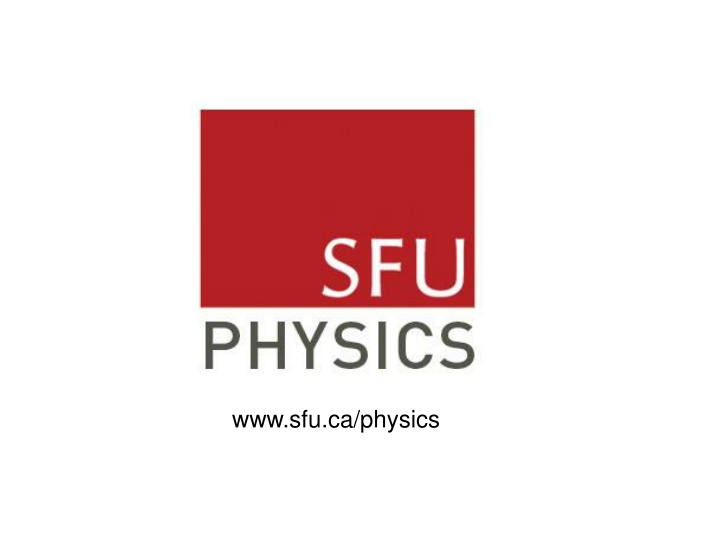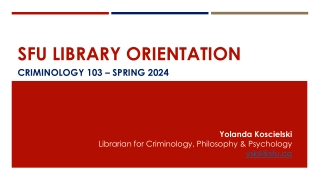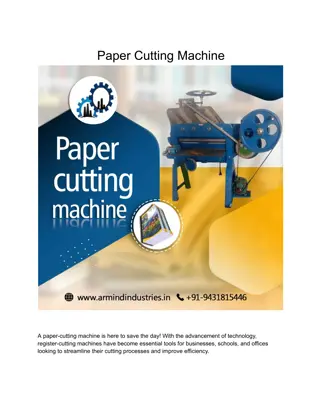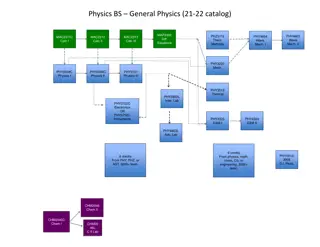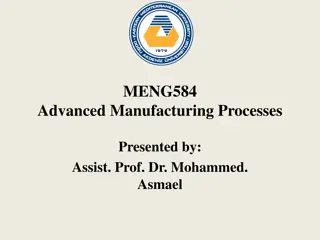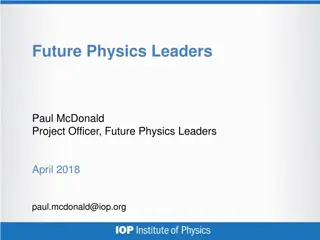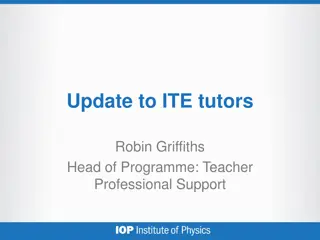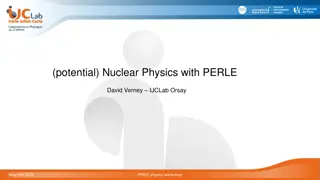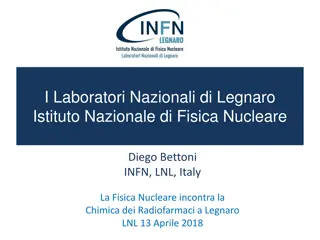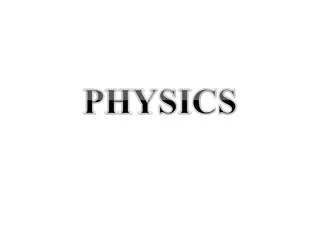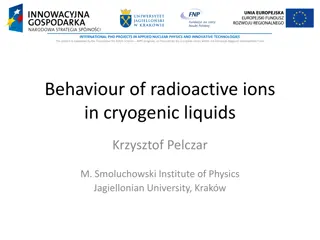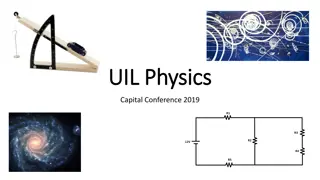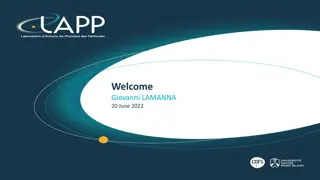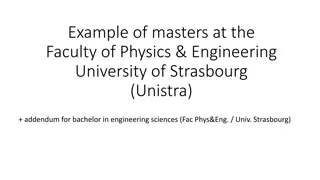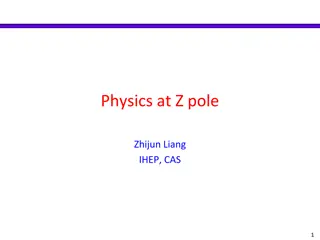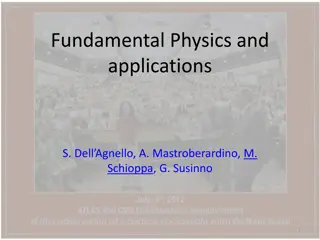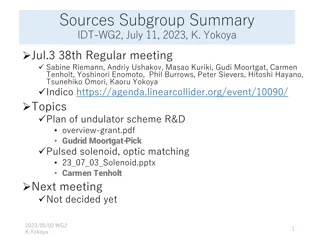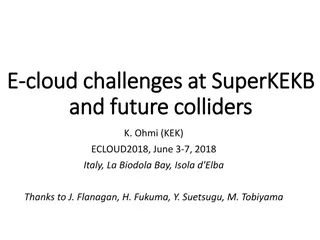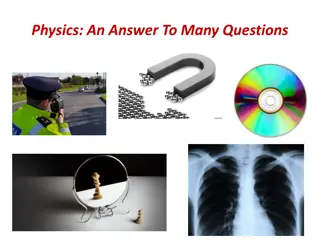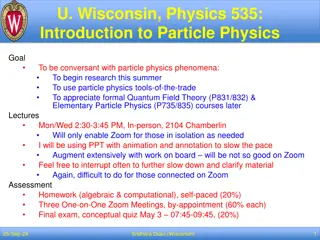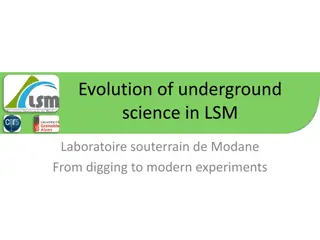SFU Physics: Cutting-Edge Research Advancements
Bernd Stelzer's research group at SFU is at the forefront of high-energy physics, focusing on the ATLAS experiment at the Large Hadron Collider. Their specialization in advanced analysis techniques has led to groundbreaking discoveries, including the 2013 Nobel Prize-winning Higgs boson identification. The group is currently upgrading muon detectors to accommodate higher collision rates. Alongside this, undergraduate students like Angelina Marinkovic contribute to state-of-the-art research using electron microscopy and protein imaging technologies. Other labs within the SFU Physics department, such as the Sivak lab and Forde lab, delve into the operational principles of natural protein-based machines and mechanics of collagen gels, respectively. SFU's innovative initiatives extend to the Hayden lab, where unprecedented studies on anti-matter are taking place. The Trottier Observatory and Dodge lab further push boundaries, with the former taking shape and the latter pioneering laser-based superconductivity investigations under J. Steven Dodge's guidance.
Download Presentation

Please find below an Image/Link to download the presentation.
The content on the website is provided AS IS for your information and personal use only. It may not be sold, licensed, or shared on other websites without obtaining consent from the author.If you encounter any issues during the download, it is possible that the publisher has removed the file from their server.
You are allowed to download the files provided on this website for personal or commercial use, subject to the condition that they are used lawfully. All files are the property of their respective owners.
The content on the website is provided AS IS for your information and personal use only. It may not be sold, licensed, or shared on other websites without obtaining consent from the author.
E N D
Presentation Transcript
Bernd Stelzers research group works on the ATLAS experiment at the Large Hadron Collider Nobel prize 2013 Higgs boson discovery! Bernd We specialize in advanced analysis techniques to identify Higgs boson events from billions of LHC collisions and search for New Physics at the highest energies We are replacing muon detectors to cope with higher LHC collision rates in 2020! A Higgs boson discovery channel New Higgs boson process! Prototype tests at Fermilab (Chicago) Production at TRIUMF (Vancouver)
Undergraduate Angelina Marinkovic used electron microscopy to image protein assemblies
The Sivak lab investigates the operational principles of protein- based machines found in Nature
The Forde lab uses holographic optical tweezers to study mechanics of collagen gels
The Hayden lab is characterizing anti-matter in ways never before accomplished
Undergraduate David Lee did co-op research in Switzerland Nanofabrication Technology Student Paul Scherrer Institute
The Dodge lab uses lasers to investigate superconductivity J. Steven Dodge Associate Professor of Physics jsdodge@sfu.ca Optical properties of solids Terahertz spectroscopy Nonlinear optical spectroscopy Superconductivity Magnetism Applied physics
Undergraduate Carolyn Kierans developed magnetic imaging experiments
The Girt lab uses nanofabrication to study magnetism and to develop new materials for solar energy capture Erol Girt, egirt@sfu.ca Interests Deposition of multilayer structures Investigation properties of magnetic films Investigation of static and dynamic phenomena at the interface between magnetic and non-magnetic films Fabrication of nanodevices using lithography techniques Measurement of nonodevice performances Nanodevices (measuring individual nanodevice) Multilayer structures Non-magnetic films Magnetic films Non-magnetic films Magnetic films Non-magnetic films 500 nm Scanning electron microscope image of etched nanodevices
Undergraduate Tin Ma developed techniques for studying nuclear structure
The Bechhoefer lab investigates whether it is possible to break the laws of thermodynamics at the nanoscale Hot off the press: Experiments at SFU confirm that there is a minimum amount of work that is required to erase one bit of memory. This minimum work prevents clever demons from creating perpetual motion machines based on the random motions produced by heat.
Undergraduate Carolyn Young used Nuclear Magnetic Resonance to learn how alcohol influences skin permeability
The Pogosian lab studies cosmology, searching for clues into the composition and evolution of the universe Cosmic Microwave Background Cosmic Magnetic Fields Cosmic Strings Dark Energy and Modified Gravity Cosmological Tests of Gravity
The Forde lab designs, simulates, constructs and tests novel nanoscale molecular motors
The Frisken lab did an experiment on the International Space Station, investigating how crystals form in zero gravity
Undergraduate Joel Zylberberg did research in cosmology Joel Zylberberg, B. Sc. Hon. 2008 Fulbright PhD Award (2008-2011) NSERC Julie Payette Scholarship (2008-2009) Acting Assistant Professor of Neuroscience, U. of Washington
Coolest class in Canada: Phys 192 Logarithm and Blues Physicist Mike Hayden and musician Jay Knutson explore music, acoustics, and the physics of sound in this class rated one of the coolest in Canada by Huffington Post
The Thewalt lab holds the world record for longest-lived quantum computing state
Undergraduate Ciara Morgan-Fair initiated and led the SFU Astronomy Club Led to non-profit work in South America, teaching astronomy in the Atacama Desert
SFU Physics offers outstanding research opportunities for undergraduates hosts over a dozen undergraduate students each summer with fully-paid research scholarships many undergraduates are employed in research labs (full-time in summer and part-time during the year) Adopt-a-Physicist program gets students into research groups in their first year of studies
Undergraduate Starla Talbot did research in cosmology Starla Talbot, B. Sc. Hon. 2012 Published in Physical Review while at SFU Field researcher for Canadian Space Agency (2009) Rank I Engineer and Design Leader for the City of Vancouver
Undergraduate Elena Barbir did co-op research in Germany Fabricated nanoparticle structures, and characterized them with electron transport measurements University of Duisburg-Essen
